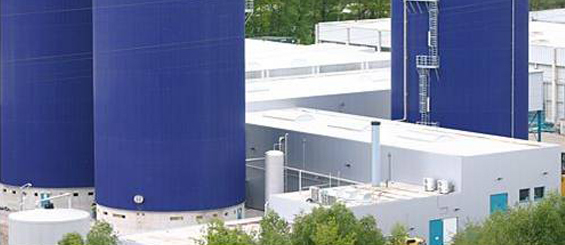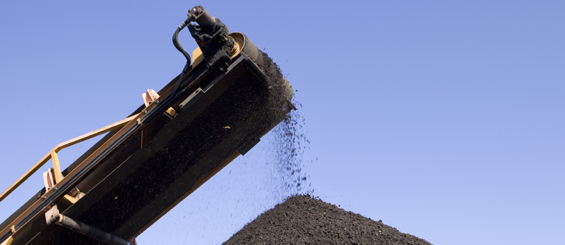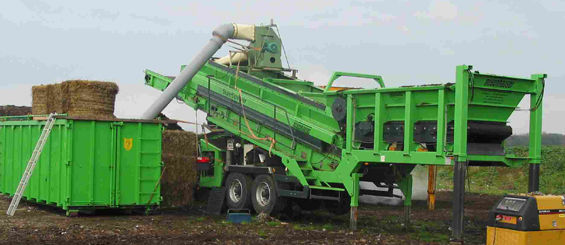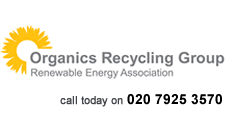Adverts
New report on food waste in restaurants
The UK's Sustainable Restaurant Association (SRA) has just released its Too Good to Waste Report, a pilot study on where food waste in restaurants is coming from and what can be done about it. JustMeans.com reports that ten restaurants, which are all members of the SRA, took part in the study, from which figures were extrapolated to indicate the potential scale of food waste from restaurants.
The report provides some really useful guidance for restaurants to include as part of their CSR activities. It also shows how much could be saved in terms of food waste and money as a result. It has been stated by a number of prominent UK restaurants that approximately 2-3 per cent of their spend ends up as food waste in the bin.
The report provides some really useful guidance for restaurants to include as part of their CSR activities. It also shows how much could be saved in terms of food waste and money as a result. It has been stated by a number of prominent UK restaurants that approximately 2-3 per cent of their spend ends up as food waste in the bin.
If restaurants targeted food waste as part of their CSR strategy they could gain financially as well as benefiting the environment.
Too Good to Waste estimates that if an average restaurant reduced its food waste by even 20 per cent it could generate annual savings of:
* more than 4 tonnes of food waste per restaurant
* more than £2,000 from avoided food costs by using food that would normally have been thrown away
*between £150 - £1,700 on waste collection costs, if food waste is collected for anaerobic digestion (AD)
Too Good to Waste estimates that if an average restaurant reduced its food waste by even 20 per cent it could generate annual savings of:
* more than 4 tonnes of food waste per restaurant
* more than £2,000 from avoided food costs by using food that would normally have been thrown away
*between £150 - £1,700 on waste collection costs, if food waste is collected for anaerobic digestion (AD)
Anaerobic Digestion is a technology that is attracting increasing attention in the UK as a way of disposing of food waste. A typical anaerobic digester is a sealed vessel, or series of vessels, in which bacteria act without oxygen. The organic material contents need to be fully mixed and warmed, usually to blood temperature. This results in a fertilizer as well as a biogas which can be fed into the grid or used where it is produced, for example to power vehicles.
As the report points out, AD is an important way of avoiding the costs of landfill tax. London businesses adopting this as part of their CSR policies could save £9m by sending organic waste to AD.
As the report points out, AD is an important way of avoiding the costs of landfill tax. London businesses adopting this as part of their CSR policies could save £9m by sending organic waste to AD.
Too Good to Waste measured the origin of food waste and found that the majority (65 per cent) came from the preparation of food, with 30 per cent from customers' plates and 5 per cent from spoilage (ie/out of date or unusable items). Each restaurant that participated in the survey expressed surprise at the amount of prep waste produced on the survey day, as none had exactly measured the waste before.
Shared learning from the participating restaurants came up with a number of solutions which others could adopt for their own CSR strategies. Many of these are extremely simple and restaurants just need to get into the habit of using them. One of the solutions was to promote and encourage use of 'doggy bags'. These are the norm in America, but seem to be viewed as rather alien in the UK.
Shared learning from the participating restaurants came up with a number of solutions which others could adopt for their own CSR strategies. Many of these are extremely simple and restaurants just need to get into the habit of using them. One of the solutions was to promote and encourage use of 'doggy bags'. These are the norm in America, but seem to be viewed as rather alien in the UK.
Other solutions were equally straightforward:
* reuse food that would otherwise be thrown out e.g. orange skins made into marmalade
* make old bread and untouched toast into crumbs and croutons
* take care with food ordering an portion size
* give excess bar snacks out for free to customers at the end of the night
* observe food patterns carefully e.g. when customers were consistently not eating the tomato relish it was no longer provided free as a condiment
* order fish and meat cuts to specification
* reuse food that would otherwise be thrown out e.g. orange skins made into marmalade
* make old bread and untouched toast into crumbs and croutons
* take care with food ordering an portion size
* give excess bar snacks out for free to customers at the end of the night
* observe food patterns carefully e.g. when customers were consistently not eating the tomato relish it was no longer provided free as a condiment
* order fish and meat cuts to specification
This report gives a really good indication to restaurants of the origin of food waste and how to go about tackling it. Hopefully it will inspire more restaurants to take action against food waste.
Copies of the report Too good to waste (1 MB) can be downloaded from:
Members' Area
Become a Member!
Join the Organics Recycling Group at the Renewable Energy Association by clicking below.





.jpg)


